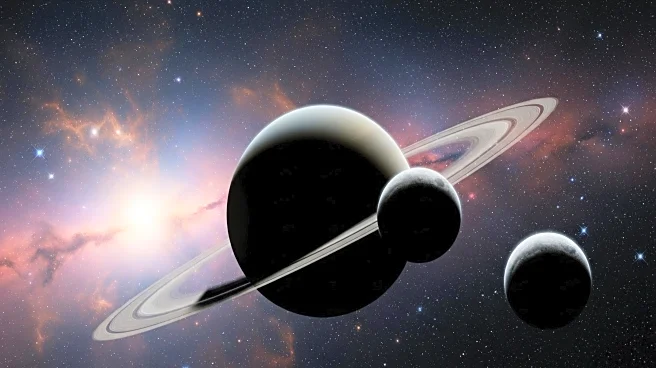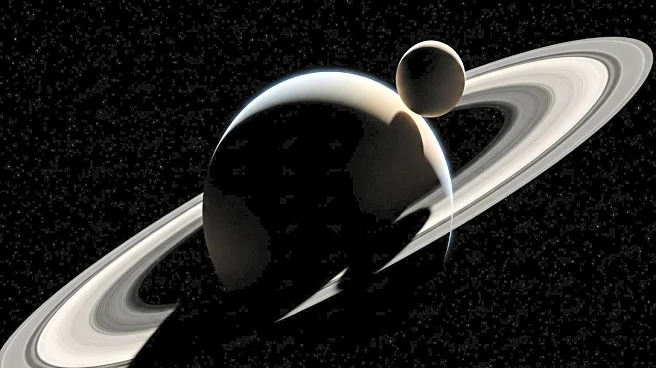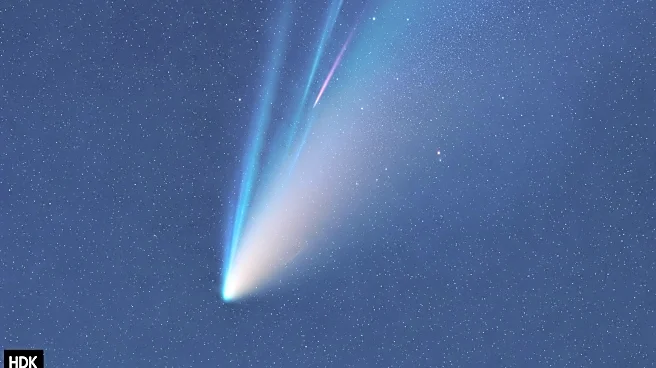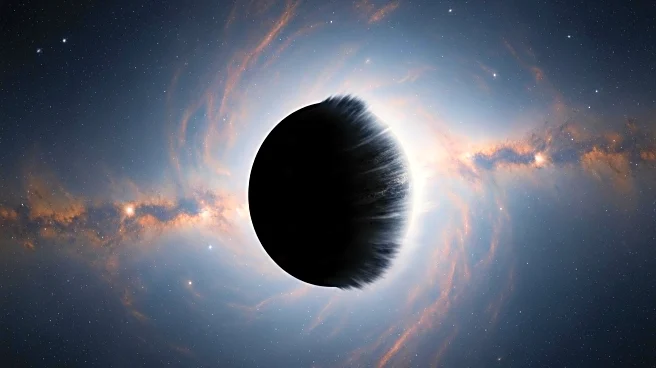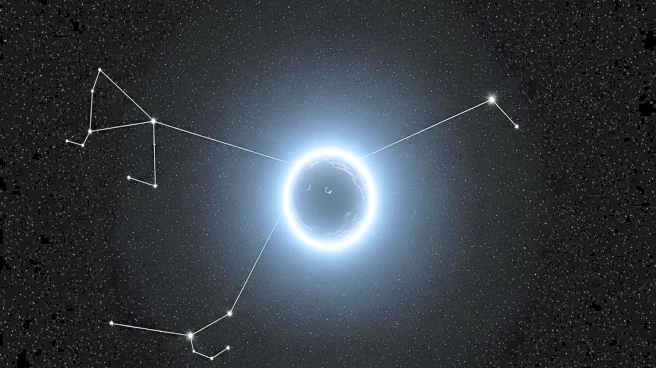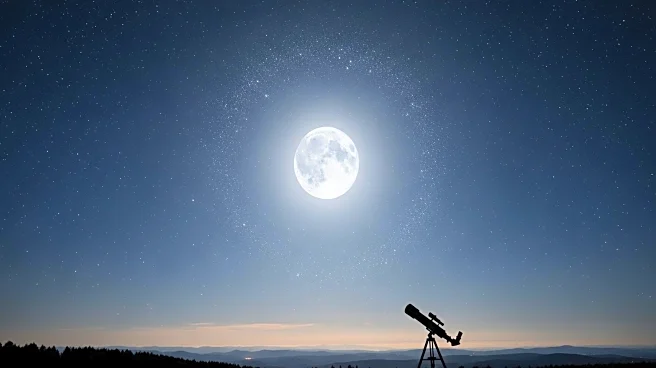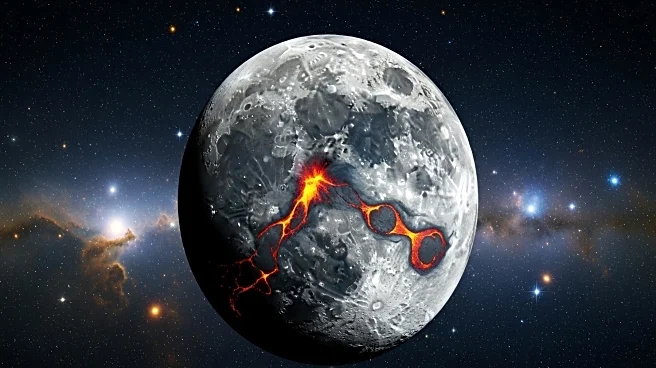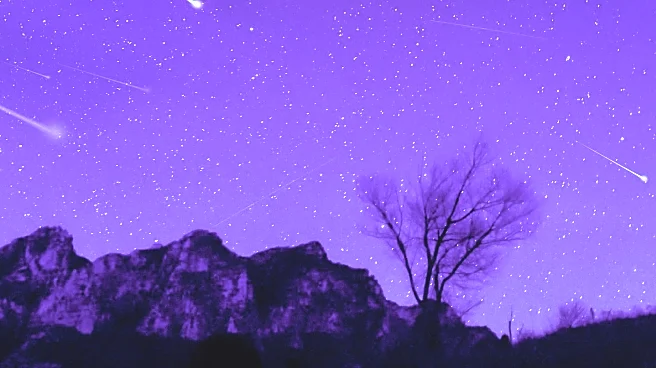What's Happening?
Early on October 4, Jupiter's moons Io and Europa will transit the gas giant, providing a rare astronomical event where the two moons appear to overlap. The transit begins at 4:04 a.m. EDT, with Europa passing in front of Io. Observers can spot bright Jupiter high in the east, near the stars Castor and Pollux in Gemini. Io and Europa's shadows will cross Jupiter's disk, with Europa's shadow nearest the western limb and Io's closer to the eastern limb. Io, being on a smaller and closer orbit, moves faster across Jupiter's face, pulling ahead of Europa. The event concludes with Io's shadow disappearing at 5:03 a.m. EDT, and Europa's transit ending around 5:53 a.m. CDT.
Why It's Important?
This astronomical event is significant for enthusiasts and researchers as it provides a unique opportunity to observe the dynamics of Jupiter's moons. Such transits offer insights into the orbital mechanics and physical characteristics of these celestial bodies. For the general public, it is a chance to engage with astronomy and appreciate the complexities of our solar system. The event highlights the importance of celestial observations in understanding planetary systems, potentially inspiring interest in space exploration and science.
What's Next?
Observers across the U.S. are encouraged to use telescopes to view the transit, as the moons will be visible until sunrise. The event may prompt further studies on the moons' interactions and their effects on Jupiter's atmosphere. Astronomy clubs and educational institutions might organize viewing sessions, fostering community engagement and education. Future transits and celestial events will continue to provide opportunities for scientific discovery and public interest in astronomy.
Beyond the Headlines
The transit of Io and Europa may have implications for understanding gravitational interactions and tidal forces within the Jovian system. These observations can contribute to broader research on planetary formation and evolution. The event underscores the importance of preserving dark skies for astronomical observations, highlighting environmental and policy considerations in urban planning.

